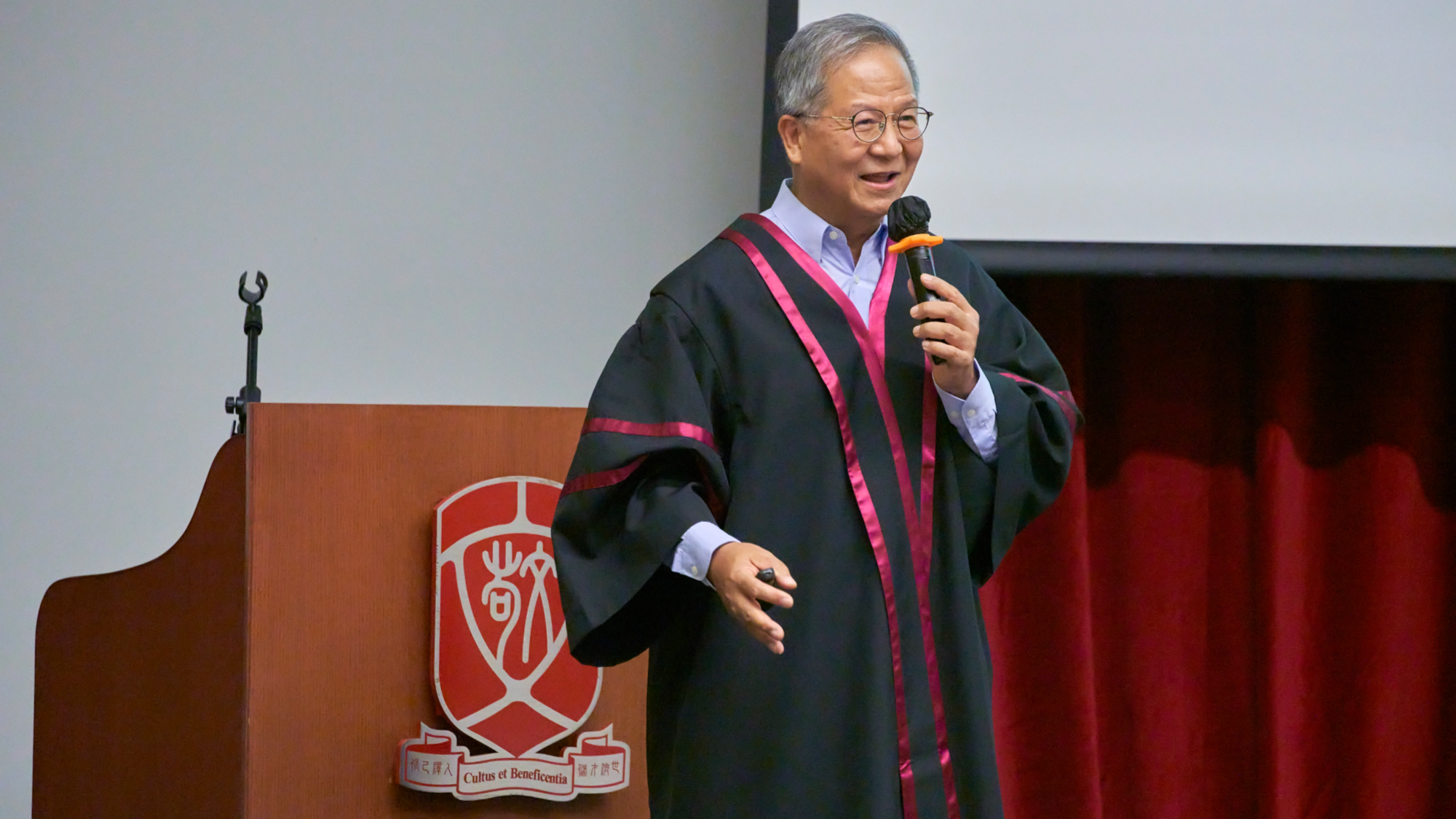
Hong Kong was largely spared the most severe damage that could have been caused by Super Typhoon Ragasa because the storm skirted around the territory at a distance of over 100 kilometers away, veteran meteorologist Leung Wing-mo said on Thursday.
The city’s effective preparedness has also played a crucial role in mitigating Ragasa’s rage, said Leung, spokesperson for the Hong Kong Meteorological Society.
“Hong Kong was somewhat lucky,” Leung told China Daily on Wednesday. “Compared to previous typhoons, it is a positive outcome overall. We have once again narrowly avoided disaster, with no records (for typhoon metrics) actually being broken.”
READ MORE: HK races to fortify coast as Super Typhoon Ragasa nears
As Ragasa began moving away from Hong Kong on Wednesday afternoon, Leung said the worst of the storm had passed. However, some areas continue to be affected by floods, and it will take some time for the water to fully recede.
Winds are also steadily weakening, he said, citing the Hong Kong Observatory (HKO)’s data.
“For example, in Cheung Chau, the peak gusts recorded earlier today were 120 km per hour — a hurricane-force level even at a non-alpine, non-high-altitude, and non-offshore location. The wind has now subsided to below hurricane force, measuring about 110 km/h.”
Although Ragasa’s heaviest rain bands are no longer affecting Hong Kong, its outer rain bands will continue to rotate from south to north and will still bring rainfall to the city in the coming few days.
“While rain may be persistent, its intensity is not expected to surpass (Wednesday’s) levels.”
Compared to Typhoon Mangkhut — which hit Hong Kong in 2018 causing extensive damage and injuries to at least 458 people, with more than 60,000 trees reported to have fallen during the storm’s passage and the severe flooding it caused — Leung said that the data for Ragasa presents a less severe picture in terms of wind speed, atmospheric pressure, and storm surges, indicating that damage to the city should be limited.
“While flooding has occurred in various parts of Hong Kong, it pales in comparison to that caused by Mangkhut, so the subsequent impact should not exceed that of Mangkhut,” he added.
While Ragasa's passage proved less severe than feared, it nonetheless served as a rigorous test of the government's preparedness — a test that Leung believes it passed with flying colors.
He specifically praised the observatory's highly accurate forecasts for the storm's path and its intensity, allowing for early deployment of resources by the steering committee on handling extreme weather chaired by Chief Secretary for Administration Eric Chan Kwok-ki.
The effectiveness of this preparation was demonstrated by the swift rescue of a family of three who were swept into the sea at Chai Wan, with firefighters saving them within minutes.
READ MORE: T8 in force as Super Typhoon Ragasa closes in on HK
However, despite the positive outcome, Leung stressed the need for public vigilance.
“Some Hong Kong residents remain woefully underprepared for weather-related disasters. Despite decades of warnings from the observatory that even the lowest warning signal should deter coastal activities during typhoons, many remain utterly unaware of this basic common sense,” he said, reminding residents to remain vigilant during periods of heavy rain in the coming days.
He advised the public to make informed decisions about the weather conditions based on scientific data, and pointed to the wealth of real-time information available on the observatory’s website and mobile app.
Contact the writer at stacyshi@chinadailyhk.com


